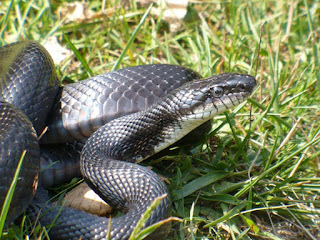Jeopardy: 1066 Three Queens, One Crown - and a Poet
 |
| Jeopardy |
It’s very difficult to write a novel when your readers are familiar with the plot and everyone knows how the story ends. Not much scope for surprise! That’s the challenge for anyone writing about 1066, and many writers and screen adaptors have crashed on those particular rocks.
There’s also the problem of historical authenticity; too much of it and the prose is dull and factual; too little of it and you’ll have knowledgeable readers calling you out on every social media platform. And you also have to avoid info-dumps. How do you supply readers who know little of history, the necessary facts they need in order to understand the story and characters, without the novel turning into a history lesson? All these things make historical fiction one of the most difficult genres to write.
 |
| The Bewcastle Cross |
I’ve loved the Anglo-Saxons ever since I became interested in archaeology as a child. Being brought up in the north of England, not far from Hadrian’s wall, meant that there was a lot of it about. There are ancient standing stones and stone circles, Roman villas and forts, the great wall itself, and remnants of the Viking and Anglo-Saxon settlements. Cumbria and Northumbria have small, squat Anglo-Saxon churches, and a whole Viking town beneath modern York. We have Cuthbert and the Venerable Bede, the Lindisfarne Gospels, the Bewcastle Cross, the Ormside chalice and many, many more treasures from this period.
 |
| Ormside Chalice V&A |
At university I read English and Medieval Studies, learning Anglo-Saxon and Old Norse, immersing myself in sagas and chronicles and poetry. They were written in a dialect I’d grown up with – northern tongues that still thrived in isolation when I was a child. ‘Aas gan yem,’ we’d say to each other after school – the same words a 9th century child would have spoken. Both the Northumbrian dialect and the Cumbrian dialect of the high fells were rooted in Anglo-Saxon and Old Norse.
 |
| Harold's wife searching for his body |
Why 1066? It’s always annoyed me that the story has been told from the Norman point of view (It’s always the victor who writes history!). What was the English version? And what were the women doing? There were enticing glimpses of them in the historical records – names entered as witnesses at council meetings, a marriage or a death. One of Harold Godwinson’s wives was recorded as searching for his body on the battlefield at Hastings when no one else could find it. Another wife vanished from history altogether. How did his first wife feel after he married a very beautiful woman young enough to be her daughter? How did his second wife feel about marrying the man who had murdered her first husband? I wanted to explore the answers to all these questions.
.jpeg) |
| Queen Emma's Enconium |
Then I discovered that the old dowager queen, Edward the Confessor’s mother Emma, had commissioned a biography of herself to put her ruthless, manipulative actions into a more sympathetic light. It was a self-hagiography that showed her sitting triumphantly on a throne with two of her sons, the size of small children, peeping around the corner. But it was striking that a woman would commission a book about herself. Then I found a book commissioned by her daughter-in-law, King Edward’s wife, Queen Edith Godwinsdottir, sister to Harold Godwinson. This purports to be a biography of her husband, Edward the Confessor, but more than half of it is the story of herself and her family. It’s intimate and revealing. In it she calls her eldest brother, Swein, a ‘gulping monster’. That’s definitely Edith talking – a Benedictine scribe wouldn’t dare to invent that!
Suddenly, it all came alive. There was another story to be told; one in which the women were the protagonists. Anglo-Saxon, or Anglo-Danish women, powerful, educated, land-rich, and independent, willing to tell their own stories.
 |
The fourth character, Hari, a poet and bard, comes from the Norse and Danish sagas – a slave, bound to put their owner’s deeds into celebratory verse and make a precarious living at court. To make things even more risky, Hari is Hanne, a young Danish princess, who has avoided a much worse fate than slavery by dressing herself as a boy. She lives in permanent fear of discovery. There were many female poets and singers – the Norse sagas reveal quite a few, so there is ample historical evidence to back up Hanne/Hari’s character. She is the thread that connects them all, the witness to great events, whose ending no reader should be able to predict.
Jeopardy: 1066, Three Queens, One Throne – and a Poet is available on Amazon, or to order from all good bookshops. On this Link.



Comments
Post a Comment